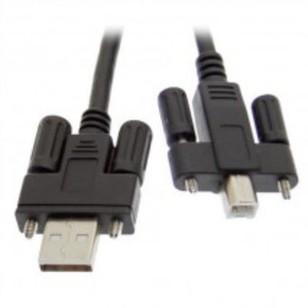Three Characteristics Of Fast-charging Data Cables
Three characteristics of fast-charging data cables
The charging interface, wire thickness, and charging power are the main differences between the fast-charging data cable and the regular data cable. The charging interface of the fast charging data cable is typically Type-C, the wire is thicker, and the charging power is greater; the conventional data cable is generally a USB interface, the wire is relatively small, and the charging power is lower. The following list outlines the precise distinctions between the two:
Difference 1: There is a different charging interface
The fast charging data cable's charging interface is often a Type-C interface, hence a Type-C interface fast charging head must be used with it. The normal data line's interface is a USB port that can be used with a standard USB charging head.
Second distinction: various wire thicknesses
When utilizing a fast-charging data cable with a fast-charging head for charging, the current traveling through the data cable is bigger than that of the conventional data cable, thus the fast-charging data cable has to be supplied with superior wire cores, shielding layers, wire sheaths, etc., which causes its The wire has a bigger diameter than regular data cables and is thicker as well. Ordinary data lines have a low charging power and a low current flow, resulting in a wire that is comparatively thinner in thickness.
Third distinction: varying charging power
Use of a fast charging head is required when using a fast charging data cable. The charging power is 50W if the charging head and cable are both capable of 50W fast charging. If it is used with a non-fast charging head, it will not be able to accomplish rapid charging owing to the limitation of the charging head. Typically, regular data connections are used with slower charging heads, such as 5W charging heads, which have less power.






